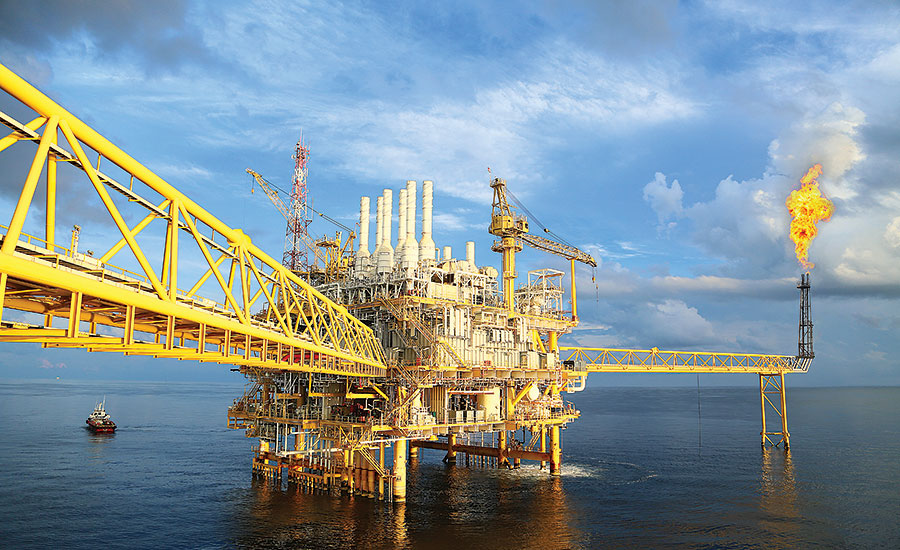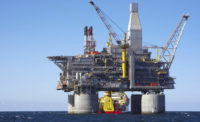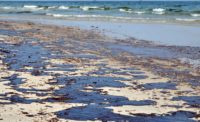If anything has come to define the human experience throughout history, it is a willingness to take risks, to face the unknown with a confidence that boarders on arrogance and come out the victor. Such drive has not only sustained the species for millennia but given it a constant reason to innovate, to push forward and try something new, even when danger may be waiting on the other side. However, when advancement jumps ahead of human limitation, an understanding of risk can suffer.
In most modern workplaces, the definition of risk has become diluted, continually existing in practice, as an outline that remains unclear. What is risk? For many during working hours, their jobs no longer strive to actively undermine personal safety and self-perseveration in the name of making it through the day. Despite the uncertainty having been lessened to a degree, however, whatever the occupation, there are no all-encompassing promises that danger will be permanently avoided.
To limit risk is to limit randomness but it does not eliminate the possibility that something, somewhere, might go wrong, with some workplaces at much higher risk for failure than others.
Accidents will occur
The oil and gas industry exists, by its very nature, in such a paradox. They find themselves caught, in a manner of speaking, in identity-limbo, as they look to protect their workers, in all facets, however possible, yet find themselves hindered by the realities of the tasks the workers in question are being asked to do. Assuming the industry does not put the safety of its workers first would be grossly incorrect yet, at one time, such a statement could find some merit, if solely based in historical fact.
The early history of oil excavation1 stands in remarkably sharp contrast to its present incarnation, a time when workplace safety was not out of place but simply, non-existent. Death and widespread rig disasters were surprisingly commonplace, the choice to house oil in wooden or steel containers, doing rig workers no favors, the escaped, unnoticeable and invisible fumes making excellent fire starters. Yet, in the decades following, with innovation at the forefront, the fatality rates steadily dropped. Even so, with leaps-and-bounds made in worker safety since the need was realized, there are still measures that can be taken to improve safety in the industry, including fall prevention.
More than anyone else, Derrickhands find themselves blanketed by the protection offered by contemporary advancement, considering that they work at a height, while inherently containing risk2 presents itself as something a landscape photographer would be jealous of. Serene, reflective and with enough exposure, “not that big a deal.” According to the Centers of Disease Control and Prevention3 from 2003-2013, 1,189 fatalities in the oil and gas industry occurred. In 2016, in Texas alone, 545 individuals died from slips, trips and falls, a part of the 849 deaths of that nature across America and up from 49 the year prior, as recorded by the Bureau of Labor Statistics.4
Although, such statistics should always be taken with a modicum of skepticism, the simple fact remains. Accidents do occur, they occur within the oil and gas industry, and while not all accidents are created equal in relation to their fatality probability, if any potentially hazardous undertakings are not properly monitored and supervised, they can become fatal. The need for fall protection and education is critical to ensure success. There is no absolute guarantee when it comes to fall protection equipment but simply knowing and strictly adhering to established protocol is the best step one can take to prevent an unwelcome accident.
Communication is key
The Wyoming Rocky Mountain Industrial Supply, Industrial Supply Blog,5 looks to bring exposure to the challenges faced in the industry and the use of fall protection equipment is no exception. Used with regularity on the jobsite and even more so on rigs, a PFA with a self-retracting lifeline can limit an unplanned free fall to two feet or less. Assisted by previously implemented training programs and with all workers constantly aware of their surroundings and any possible dangers, the chances of on-the-job accidents occurring will continue to decrease, as the industry works to continuously develop and refine safety practices and emergency procedures.
Among these procedures, should be an open line with local emergency response crews,6 should an accident requiring off-rig assistance arise. Although on-rig safety programs cover many specific eventualities, additional help, given the circumstances, may be required if assistance is needed with possible air lifts and fire control. The rig, although often isolated out of necessity, does not need to limit its relationships with those off it. Building strong contacts with outside partners, whether the local community or emergency services, will allow for much more fluid communication should the unexpected arise. Having a community connection already established can solidify a relationship which could prove to be of vital importance when least expected.
Additionally, “extra- curricular” workplace maintenance has proven to be an asset of great effectiveness when used correctly. This would mean taking the time to underline any unique, noteworthy or troubling trends specific to the working environment, including, if required, additional safety signage. To the experienced rig worker these undertakings may seem tedious, mundane or even completely unnecessary but to a new worker or a visitor to the rig, these extra warnings may prove to be lifesaving, if other measures are ineffective or non- applicable on a certain day, considering weather, rig conditions and other outside factors.
Continued improvement
Working in the oil and gas industry is not an easy undertaking. The industry is one which must constantly adjust to a host of ever-changing, environmental, political and socio-economic factors, unique in its now streamlined adaptability. The strides taken in this respect over the past 150 years have been remarkable. Saying that, a clear focus for continued improvement must be established to maximize growth across the board and to ensure, if it is desired, that progress, as currently presented, continues to expand, as to ensure the long-term economic and social survival of the industry and its workers.
The oil and gas industry has shown an aptitude for resiliency in recent years, unwilling to bend to the pressure placed upon it by both outside forces and the risks that exist inside it. To continue to find success, the industry must accept advanced safety measures as a cost of doing business in the present environment. Achieving these ends will allow for great strides to be made in the coming years.
References:
- https://www.totalsafety.com/insights/wp-content/uploads/2015/09/TotalSafety_HowSafety-HasEvloved-in-OilandGas-Industry_ebook_9-15-15-1.pdf
- http://www.cos-mag.com/personal-process-safety/29973-the-ups-and-downs-of-oil-rig-fall-protection/
- https://www.cdc.gov/mmwr/volumes/66/wr/mm6616a2.htm?s_cid=mm6616a2_e
- https://www.bls.gov/news.release/pdf/cfoi.pdf
- http://blog.rmiwyoming.com/the-dangerous-life-of-a-roughneck-the-truth-about-oil-drilling-safety-hazards
- https://www.graphicproducts.com/articles/10-tips-improve-oil-rig-safety/



